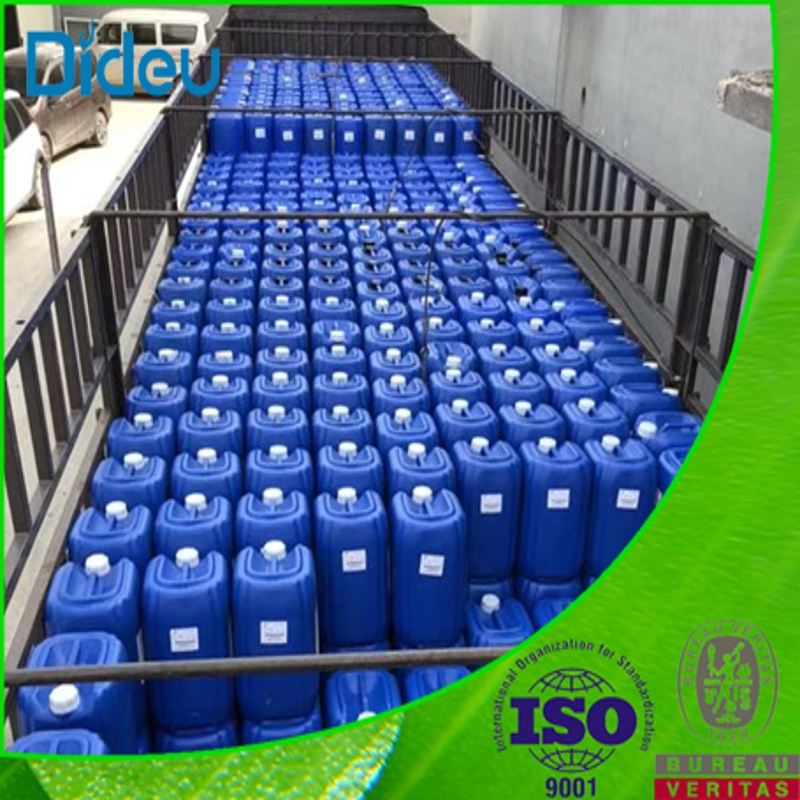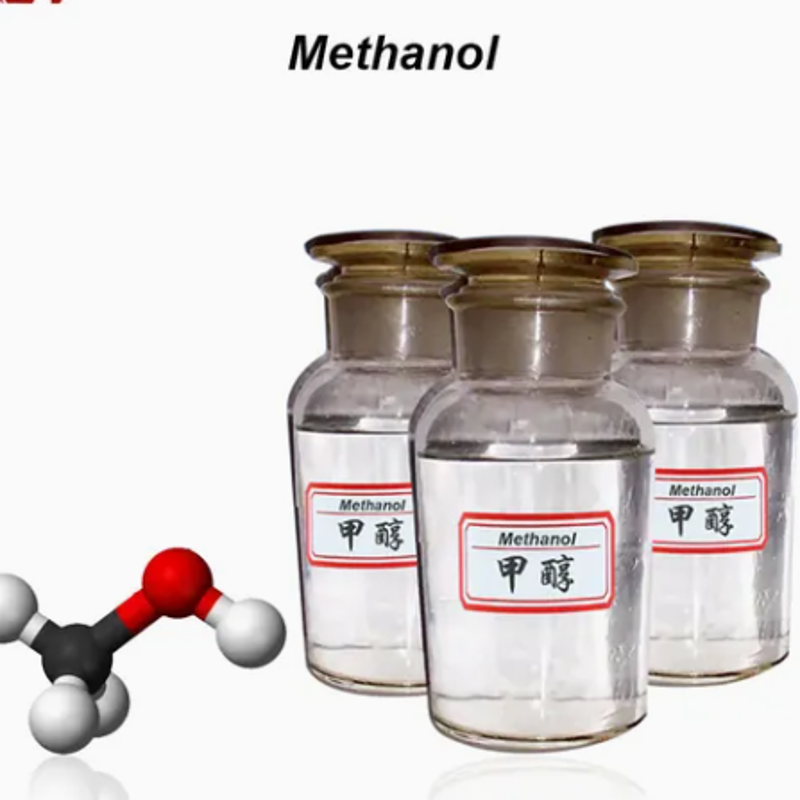-
Categories
-
Pharmaceutical Intermediates
-
Active Pharmaceutical Ingredients
-
Food Additives
- Industrial Coatings
- Agrochemicals
- Dyes and Pigments
- Surfactant
- Flavors and Fragrances
- Chemical Reagents
- Catalyst and Auxiliary
- Natural Products
- Inorganic Chemistry
-
Organic Chemistry
-
Biochemical Engineering
- Analytical Chemistry
-
Cosmetic Ingredient
- Water Treatment Chemical
-
Pharmaceutical Intermediates
Promotion
ECHEMI Mall
Wholesale
Weekly Price
Exhibition
News
-
Trade Service
The chemical industry is an essential part of the global economy, providing the raw materials and intermediate products that are used in a wide range of industries.
One of the most important aspects of the chemical industry is the production of chemical intermediates, which are used to create a variety of final products.
In this article, we will focus on the upstream and downstream products of Wood creosote, which is a commonly used chemical intermediate in the industry.
Upstream Products of Wood Creosote
Wood creosote is a chemical compound that is derived from the distillation of creosote, which is a tar-like substance that is obtained from the distillation of wood.
The upstream products of Wood creosote include a variety of chemicals and materials that are used in the production of various industrial and consumer products.
Some of the common upstream products of Wood creosote include:
- Creosote Oil: Creosote oil is a dark-colored liquid that is obtained by distilling creosote.
It is used as a solvent and as a fuel oil. - Tar: Tar is a dark-colored, sticky substance that is obtained by heating wood in the absence of air.
It is used in the production of road construction materials, asphalt, and other industrial products. - Pitch: Pitch is a solid, amber-colored substance that is obtained by heating tar.
It is used as a binding agent in the production of roofing materials and as a fuel.
Downstream Products of Wood Creosote
Once the upstream products of Wood creosote have been obtained, they can be used to produce a variety of downstream products.
These products are used in a wide range of industries, including the chemical, construction, and manufacturing industries.
Some of the common downstream products of Wood creosote include:
- Pesticides: Wood creosote is used as a raw material in the production of a variety of pesticides, including insecticides and fungicides.
These pesticides are used to protect crops, trees, and other plants from pests and diseases. - Pharmaceuticals: Wood creosote is used as an intermediate in the production of a variety of pharmaceutical products, including antibiotics, antiseptics, and other medications.
- Soaps and Detergents: Wood creosote is used as a raw material in the production of soap and detergent products.
These products are used in a variety of applications, including household cleaning and personal hygiene. - Road Construction Materials: Wood creosote is used in the production of road construction materials, including asphalt and other paving materials.
- Wood Preservatives: Wood creosote is used as a wood preservative, helping to protect wood from rot and decay.
Benefits of Using Wood Creosote
The use of Wood creosote has a number of benefits.
Firstly, it is a renewable resource, as it is derived from wood, which is a sustainable material.
Secondly, Wood creosote is a versatile chemical intermediate, which means that it can be used in a wide range of applications.
Thirdly, Wood creosote is relatively inexpensive, making it an attractive option for many industries.
Finally, Wood creosote is a strong antioxidant, which means that it can be used to protect products from oxidation and other environmental stresses.
Challenges of Using Wood Creosote
However, there are also some challenges associated with the use of Wood creosote.
One of the main challenges is the potential for environmental pollution.
Wood creosote can be harmful to aquatic life and the environment, so it must be handled and disposed of carefully.
Additionally, Wood creosote can be flammable, which means that it must be stored and transported in a safe manner.
Conclusion
In conclusion, Wood creosote is a versatile and renewable resource that is used in a wide range of indust







